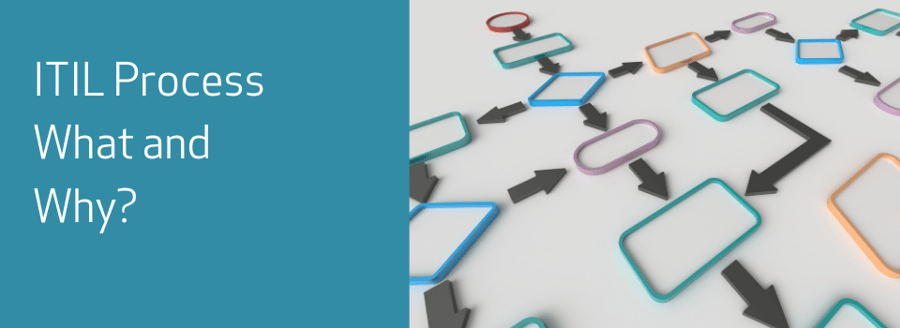ITIL – especially from v2 onwards, has always been essentially process-driven.
What are ITIL processes and why follow them?
The initial ITIL process focus was on two basics: service support and service delivery – i.e. providing all operative ITIL processes necessary for the handling of service interruptions and changes, thereby ensuring availability, while providing a framework for managing, adapting and financially supporting those operative processes.
The Service Lifecycle Stages of ITIL v3 and v4
ITIL v3 saw an evolution of the process definition into five service lifecycle stages: Service Strategy, Service Design, Service Transition, Service Operation, and Continual Service Improvement – which themselves contained 26 defined processes – a massive expansion.
Simplified ITIL Processes in v4
In some ways ITIL v4 is designed to simplify those processes, taking many of the building blocks of its predecessor but focusing on the key concepts of service management, looking at value creation and defining this through four dimensions of service management – organisations and people, information and technology, partners and suppliers and value streams and processes.
From ITIL Processes to Value Streams: ITIL v4’s Pro-active Approach to ITSM
Whereas the processes defined in v3 took a “systems approach”, v4 is designed to add value to the business and tie in with the end-to-end delivery of all services within the business. What were ‘processes’ in v3 are now described as ‘value streams’, where value can be created for customers and users. It’s a far more pro-active approach to ITSM but – regardless of the nomenclature – revolves entirely around a process-driven platform. ITIL v4 has effectively evolved those processes into a series of practices – 34 in total – based around general management, service management and technical management, which can be tailored to create company-specific processes around those ITIL guidelines; the idea being that the process management directly mirrors the inner working of that business.
Simplifying Complexity: Leaner and More Valuable ITIL Process Practices in v4
At the same time, the aim is to reduce the levels of complexity that many thought v3 introduced. Those multi-stage, multi-process definitions have not been discarded, but are designed to be leaner and more simplified using the v4 practices, while directly adding value to the business – that’s the big step change, process-wise.
> Read our ‘Guide to ITIL‘.



.png)
